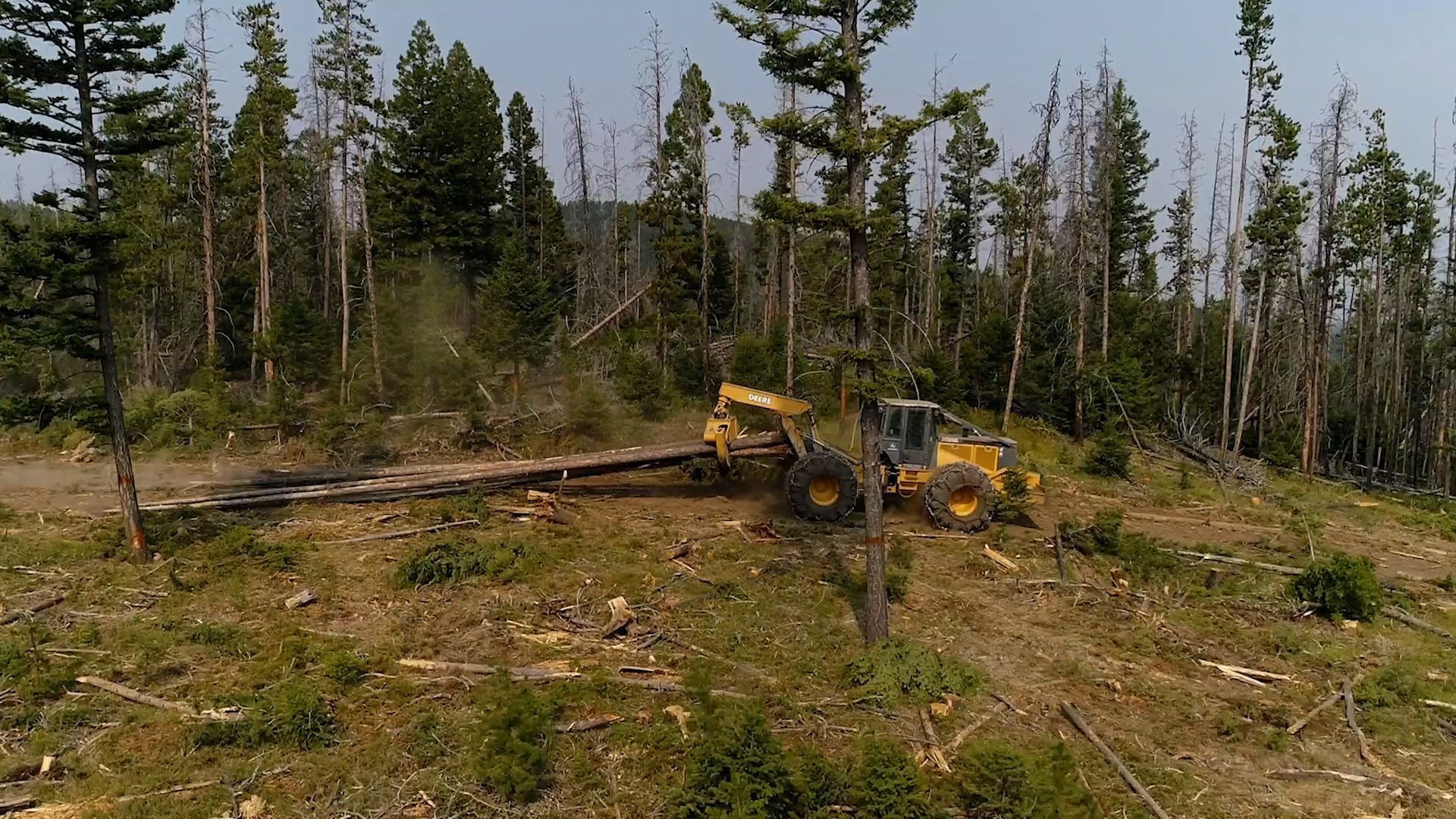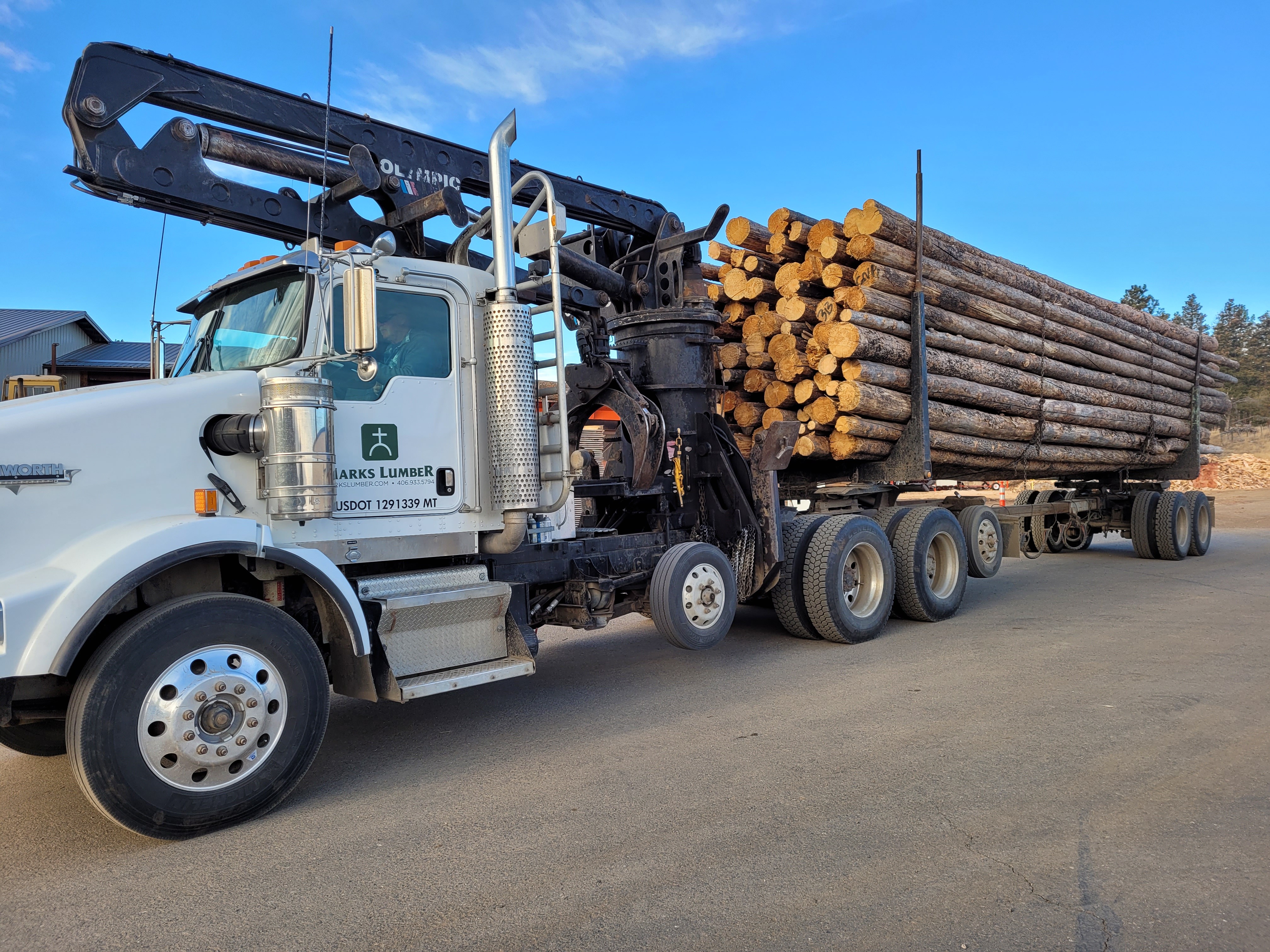The connection between forest management and the timber products industry is often misunderstood by the public. We all know that sawmills need trees to produce goods. But did you know that trees also need the timber products industry?
While this may seem counterintuitive, the reality is that the manufacturing of timber products provides the infrastructure needed – in the form of sawmills and pulp mills – to manage forests for long-term health and public safety. It’s a mutually beneficial relationship. But how does it work?
Reinvesting in Forest Health
Like any business model, the timber products industry has to spend money to make money. Typically, timber manufacturers will either purchase logs harvested from public or private lands or buy the rights to log sections of state or federal lands. Both options help provide the economic support needed for public and private landowners to consistently treat forest lands, promoting healthy regeneration and preventing catastrophic events such as wildfires or insect infestations.
An excellent example of how important the timber products industry is to the health and viability of our forests is Marks Lumber’s current logging project – the Brooklyn Bridge Project. In March of 2020, Marks Lumber joined an important public-private partnership with the U.S. Forest Service and the Department of Natural Resources and Conservation. By purchasing this timber sale, Marks Lumber provides the resources needed to properly restore this stand flagged by the U.S. Forest Service as an area of “high wildfire risk.” Additionally, the money Marks Lumber invested in the timber sale is reinvested in future forest management and restoration projects per the Good Neighbor Authority's objective.

Offsetting Carbon Emissions
In addition to providing the economic support needed to harvest forests at a healthy, sustainable rate, sawmills create wood products that sequester carbon for their entire product lifecycle which helps offset emissions caused by manufacturing and harvesting. According to a study done by Yale University:
“Wood-based construction consumes much less energy than concrete or steel construction. Through efficient harvesting and product use, more CO2 is saved through the avoided emissions, materials, and wood energy than is lost from the harvested forest.”
Additionally, by providing the infrastructure necessary to continually treat forests, these stands are healthier and thereby able to sequester more carbon than dying, untreated stands.
Mill Capacity and Forest Health
Over the past few decades, the mill capacity in the northwestern U.S. has suffered due to loss of fiber caused by the mountain pine beetle and catastrophic forest fires, high log prices, inability to harvest land in an appropriate timeframe, and economic challenges. A reduction in mill capacity presents an added challenge for forest managers.
With fewer mills to process logs into timber products, the distance between harvest sites and processing facilities increases, which presents an added environmental challenge. According to Changes in Timber Haul Emissions in the Context of Shifting Forest Management and Infrastructure, “Transport can represent more than 50% of all fossil carbon emissions related to forest management.” Therefore, having ample mill capacity would reduce transportation and thereby produce more sustainable wood products.

The Fight for Forest Health
The timber products industry isn't simply a “by-product” of forest management activities; it is an essential entity that provides the support needed to keep our forests healthy. And, just as the forests need the timber products industry, the industry needs the forests.
Our experience in the industry and on the ground of the forests has brought to light the desperate need for active forest management. This realization, coupled with the connection between the industry and forests is what has fueled a recent increase in advocacy work.
As owner and operator Steve Marks says, “Our forests are sick. And they need our help to restore them and to protect them from things like catastrophic wildfires, insects, and disease.”
